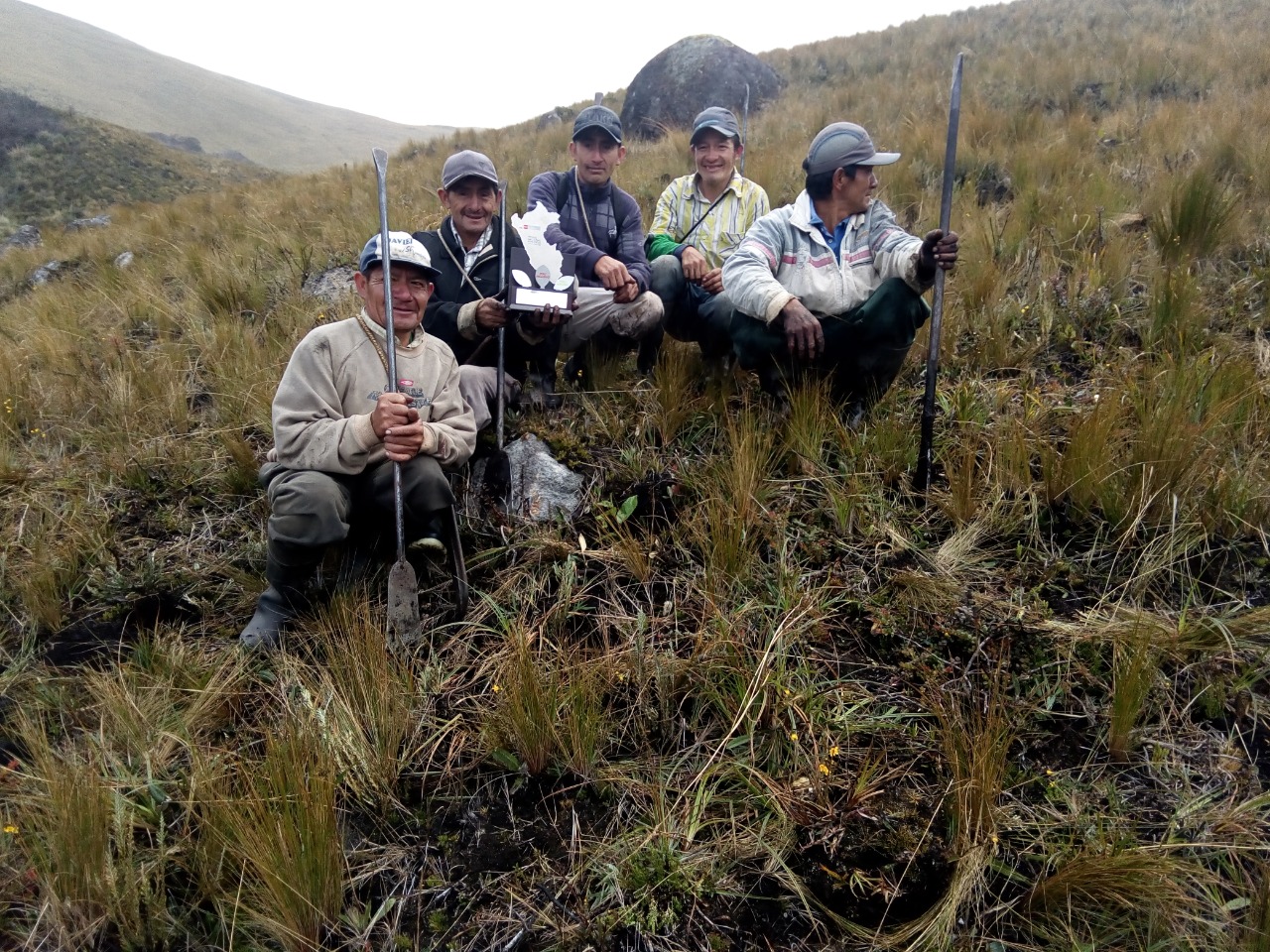Education for liberation; ethics and nature
The heart of the mountain
Angel Daen Morales Garcia
Roar of the jaguar
Angel Daen Morales Garcia
Rescue of the jaguar's biocultural heritage
Angel Daen Morales Garcia
Education and biodiversity
Angel Daen Morales Garcia
A transcendental element is education as a practice of freedom for the conservation of nature. Through horizontal workshops, we encourage students in megadiverse rural sites to strengthen their vision of the world in order to transform it, and thus reincorporate nature as an intrinsic element of societies, based on ethics and respect for all beings with which they coexist.
Educators become part of the learners' society and together we seek the process of decolonization of the reductionist thinking that considers nature as a thing, an object of the market, something that can be destroyed.
We transform this erroneous vision of nature with an educational model that seeks to reincorporate an ontological and ethical value to nature.
From the periphery, education incorporates the knowledge of the other.
Educators and researchers are a fundamental part of the activities, likewise, the pedagogical model used in the educational process is vindicating, seeks transformation and freedom, and thus, we build a pedagogy of nature conservation with bioethical elements.
During more than a decade of conservation activities, from bioethical and biocultural dimensions, we have become aware of the great marginalization and invisibility of rural areas in Mexico.
Currently, there is an erroneous reductionist vision of nature, of non-human animals and even of people living in rural areas.
It is important to have a broad collaborative work with the oppressed from a horizontal approach.
One should never have a colonialist thinking, nor impart a banking education. One should always opt for an education for freedom.
